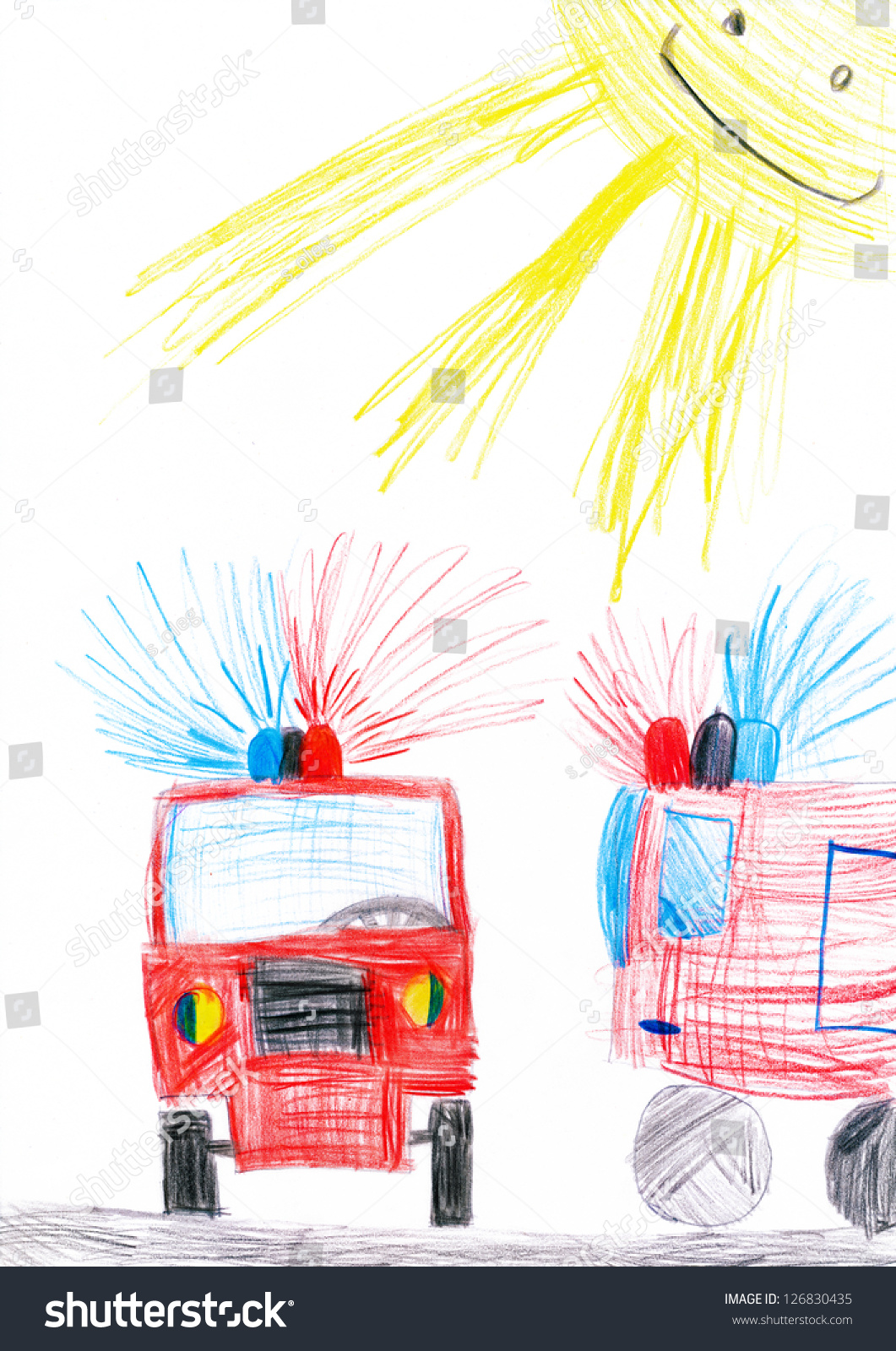Theoretic approaches to working with children: 2.
In my previous post I talked about the first theoretic approach mentioned in my book. The first approach was behaviorism. Behaviorism is an extreme side of a more hands on method. However, the one I will talk about today is a psychoanalytical method. These two often are used together and when looked at separately they are extreme opposites. Where behaviorism approaches physical learning and turns a cheek to emotions, the psychoanalytical method is, to quote my text, "undertaken as individual therapy over time." (Cullen, 14). Psychoanalysis emphasizes the embrace of feelings and often includes many hours with a therapist or talking over the subjects thoughts and emotions. To demonstrate this I talked to one of the children I worked with about a dream they had had recently. We talked it through and I was able to understand better that using drawings or pictures are helpful in demonstrating one's emotions. Below is a picture of an example of a child's drawing that was similar to the one we had made together. This book, Child Psychology by Dr. Kairen Cullen, is extremely insightful and I have definitely learned a great deal. Do you interact with people/children in a more psychoanalytical or behavioristic way? Taken from http://image.shutterstock.com/z/stock-photo-fire-truck-child-s-drawing-126830435.jpg
Taken from http://image.shutterstock.com/z/stock-photo-fire-truck-child-s-drawing-126830435.jpg CULLEN, KAIREN. INTRODUCING CHILD PSYCHOLOGY: a Practical Guide. ICON BOOKS LTD, 2018.
No comments:
Post a Comment